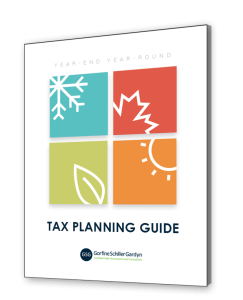Originally authorized by Congress in 2012, the HUD Rental Assistance Demonstration (RAD) was created to generate funds to preserve public housing, ultimately allowing housing authorities to “convert” their units to project-based Section 8 contracts.
As this program has evolved over the years, there have been some recent and notable changes. For example, it is now possible to leverage additional financing – whether through equity or debt – to preserve buildings’ long-term viability, while also offering new protections for tenants.
In addition, these RAD conversions were historically available to public housing authorities (PHA) and are now available to not-for-profit entities. This additional financing allows for repairs and replacements outside of traditional HUD loans. It’s also possible to apply for funding through the Low Income Housing Tax Credit (LIHTC), and housing assistance payment contracts are now longer-term – up to 20 years.
In terms of new tenant protections, the RAD program aims to protect the ongoing right to support resident participation funding, as well as carry over public housing procedural rights, including grievance and termination. It also provides the “choice-mobility” option to request a tenant-based voucher.
To take advantage of this opportunity, we recommend applying for the RAD conversion through the HUD website. It’s important to note that developments are selected to participate in the program through a competitive process.
In addition, the Gorfine, Schiller & Gardyn (GSG) team can help connect applicants with funding sources, review and develop overall plans for future success, as well as assist in the securing of the LIHTC.
Please contact the GSG team here to get started on your RAD conversion journey.
Categories: Audit & Accounting, Real Estate




